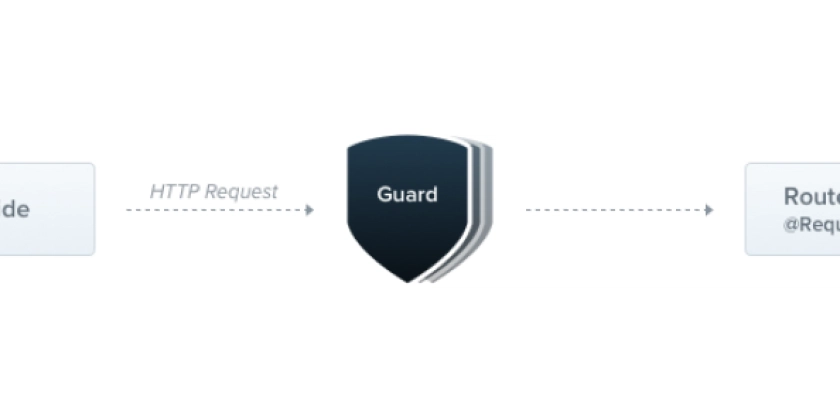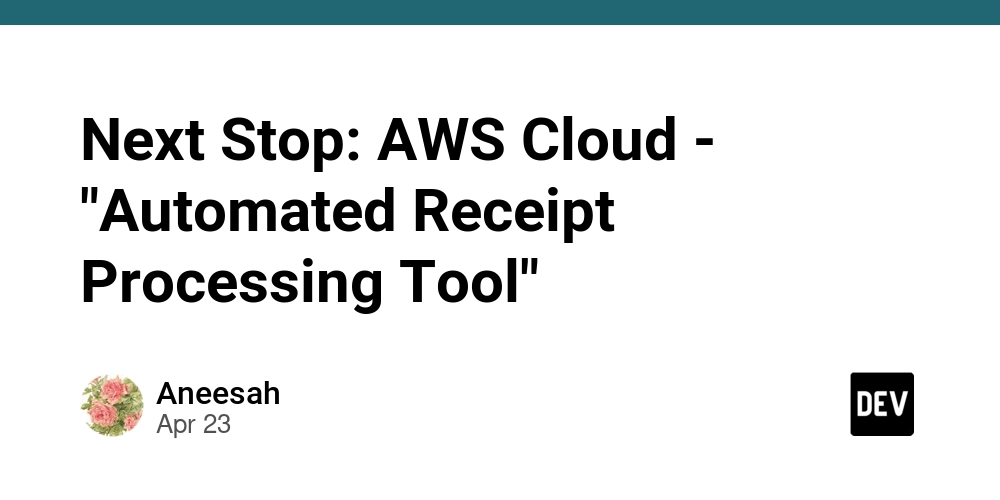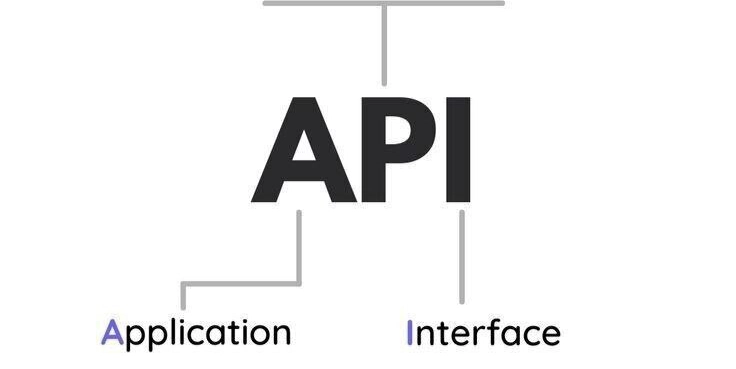
Demystifying the Model Context Protocol: A Simple Guide for AI Communication
Are you struggling to get your AI systems to communicate effectively? Enter the Model Context Protocol (MCP). This guide breaks down what MCP is, why it matters, and how it can streamline communication between different AI models. Forget the jargon – we'll explain it in plain English.
What Exactly is the Model Context Protocol (MCP)?
The Model Context Protocol (MCP) is essentially a standardized set of rules for AI systems to exchange contextual information. Think of it as a universal translator for AI. It establishes a common language and format for sharing background details, ensuring all participating models have the same understanding. Without this, misinterpretations can run rampant.
- It's a "rulebook" for AI communication.
- It ensures consistent understanding among different AI systems.
- It helps AI to share important background information.
Why is the Model Context Protocol Important for AI Systems?
Imagine trying to build a house without a blueprint. That's what it's like for AI models to collaborate without a consistent protocol. The Model Context Protocol solves this by providing a structured way to share critical information.
- Reduces Misunderstandings: By providing a shared context, MCP minimizes errors caused by differing interpretations.
- Improves Collaboration: Enables more seamless teamwork between various AI models.
- Enhances Accuracy: When AI models have a complete picture, their performance and outputs become more reliable.
MCP in Practice: Real-World Examples
Let's look at how the Model Context Protocol might function in practice:
- Chatbots and Customer Service: An initial chatbot gathers customer information (name, issue, etc.) and uses MCP to pass this context to a human agent seamlessly.
- Autonomous Vehicles: Different sensors on a self-driving car (cameras, lidar, radar) use MCP to consolidate their data, creating a unified view of the surroundings.
- Medical Diagnosis: AI models analyzing patient data (images, history, symptoms) leverage MCP to combine their findings for a more accurate diagnosis.
The Benefits of Using the Model Context Protocol
Adopting the Model Context Protocol unlocks several compelling advantages:
- Improved Efficiency: Standardized communication saves time and resources.
- Increased Reliability: Consistent data exchange translates to more dependable AI performance.
- Better Interoperability: Makes it easier to integrate different AI systems in the same workflow.
By implementing the Model Context Protocol, you can unlock the potential of your AI models, fostering collaboration, and improving the solutions they provide.








![California Software Companies: Unveiling Tech Leaders & Future Trends [2025]](https://media2.dev.to/dynamic/image/width=1000,height=500,fit=cover,gravity=auto,format=auto/https%3A%2F%2Fcontenu.nyc3.digitaloceanspaces.com%2Fjournalist%2F5bd5aa41-4877-4647-a4d3-4f4915a589fc%2Fthumbnail.jpeg)














